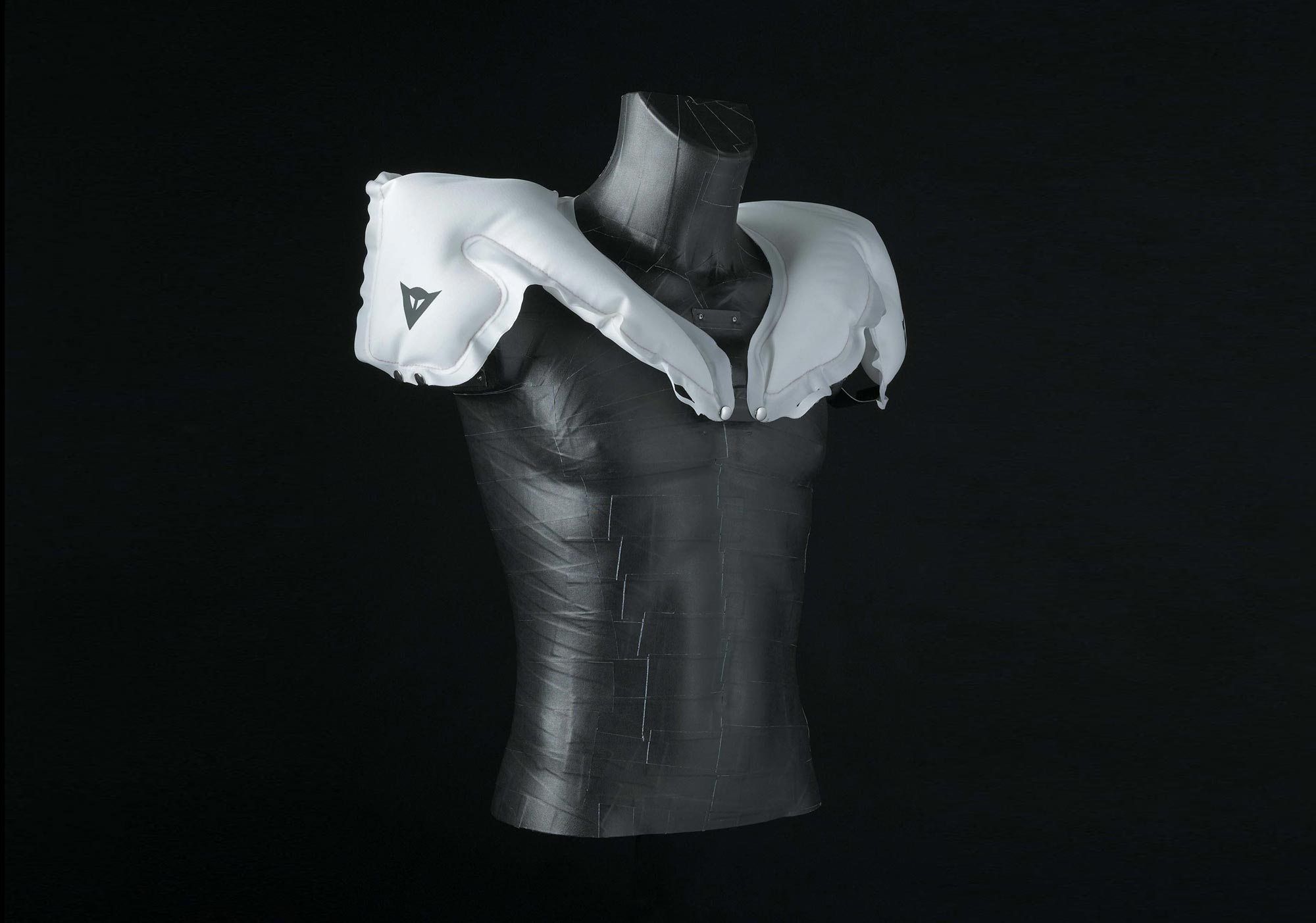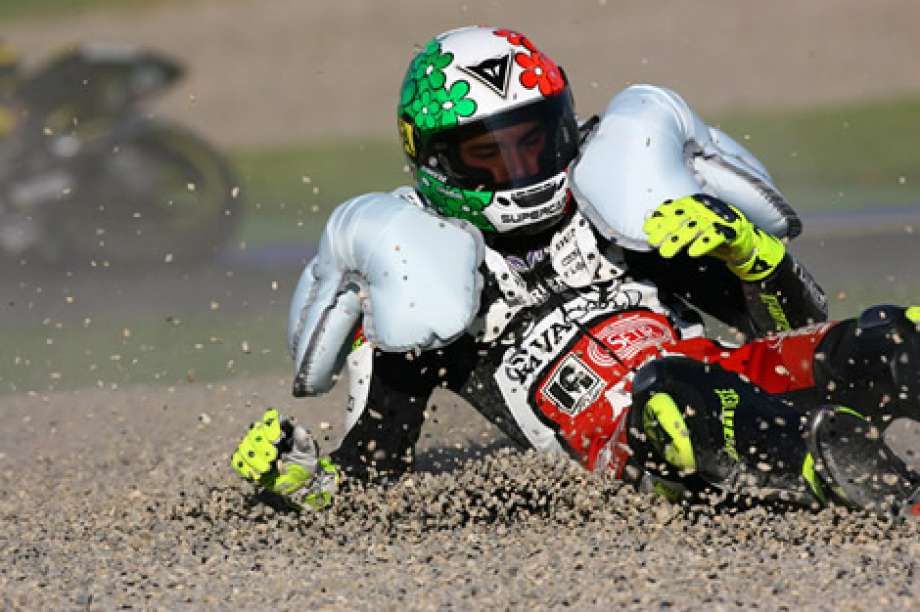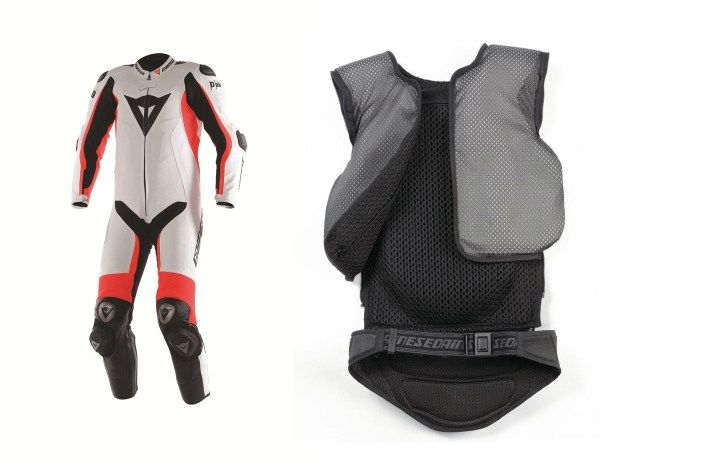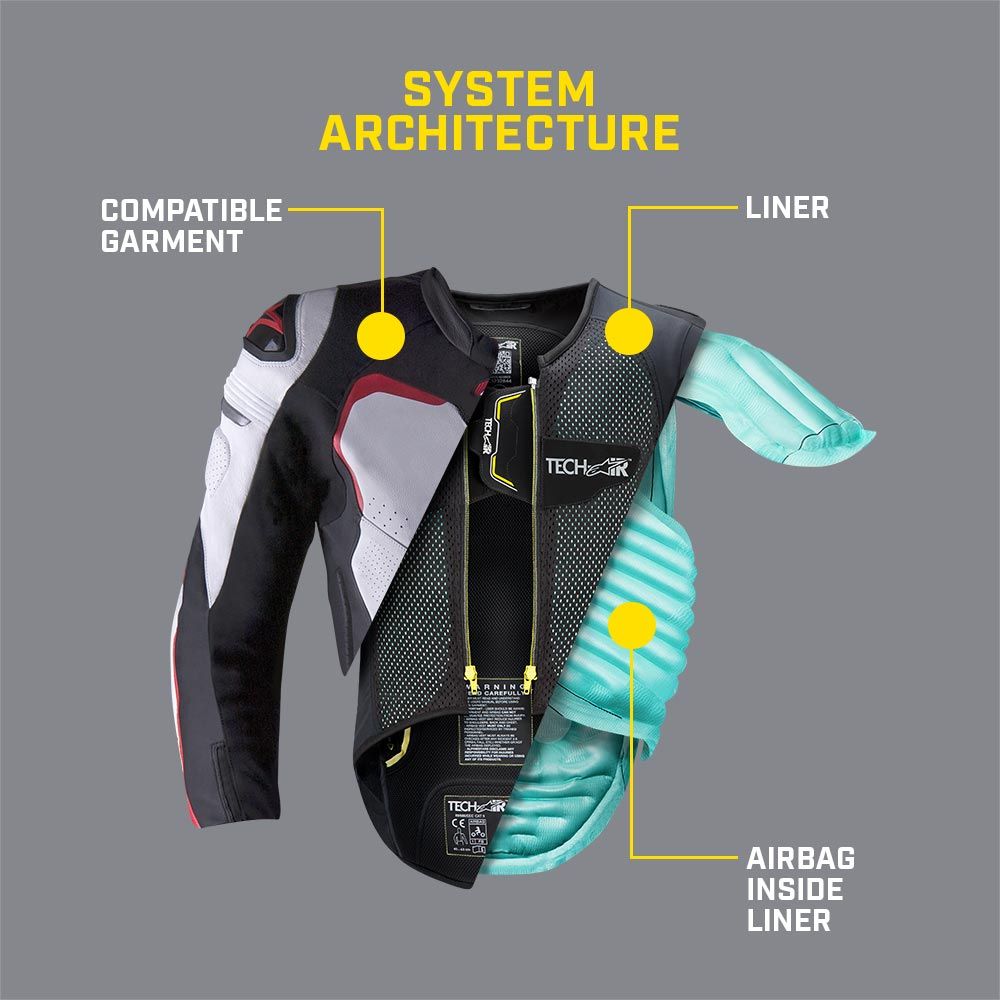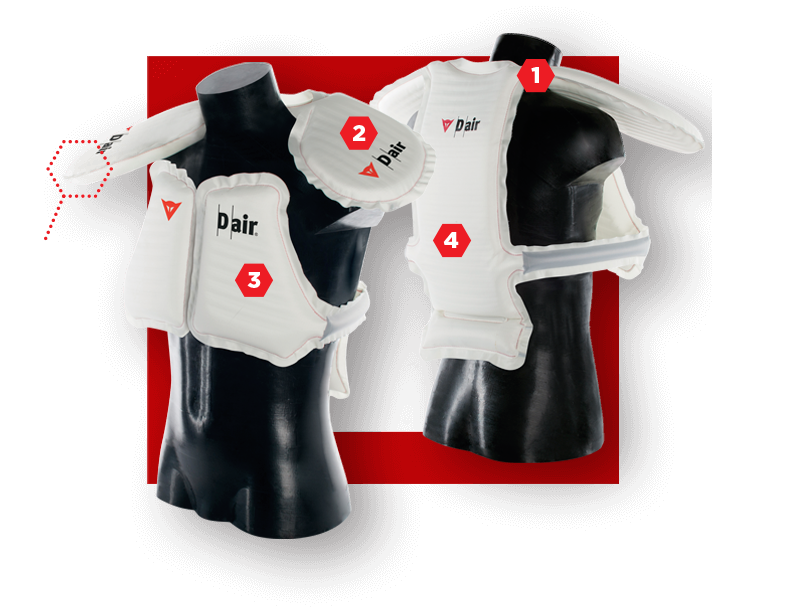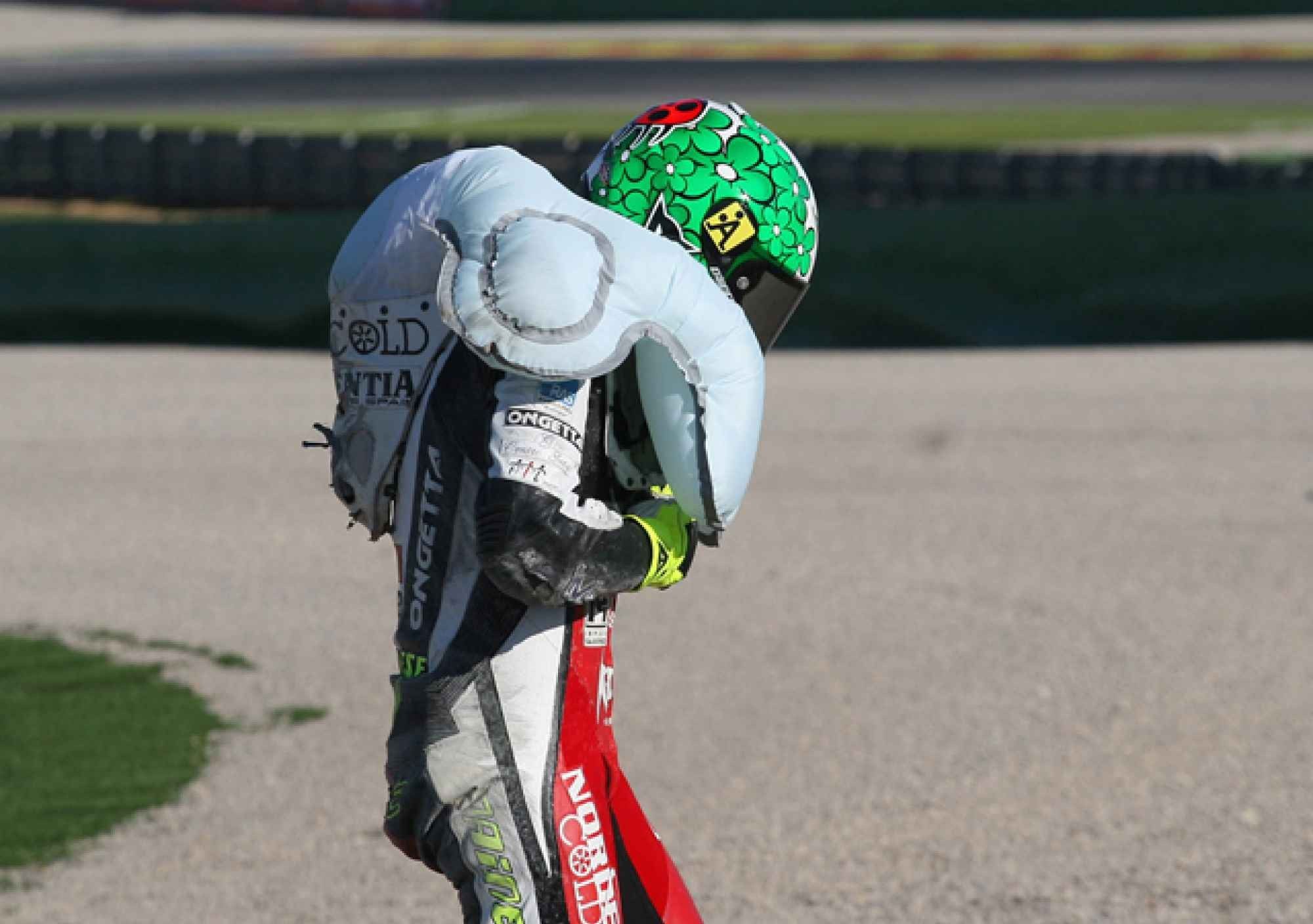It has been over a couple of months that the world witnessed the end of the 2017 MotoGP championship. But for many like me, excitement levels are even higher now with the teams busy putting the 2018 MotoGP bikes through their paces and testing their readiness for the opening race of the MotoGP in Qatar.
Taking safety into top priority, the MotoGP organizers Dorna and the FIM made a new call to make it compulsory for riders to wear a suit under the riding jacket that would expand with air upon impact. Just like the airbags in your car.
With the guys racing like it was their final race like always, we get to see some nail-biting overtakes and spectacular riding. The talent and the knack of precision shown by these riders is no ordinary show, and we are always in awe.
But what we tend to forget often is the fact that not only MotoGP, any motorsports activity is dangerous. With MotoGP being the pinnacle of it, you can expect it to be one of the most vicious events that happen on the face of the planet.
Luckily, the riders are very well protected by their race-spec helmets and riding gear. With such things turning up, one cannot be any less careless and take chances. There have been many crashes in the past that have been fatal. The FIA body is ever on a lookout to keep safety as the top priority and give the riders the best of the safety protection available on the face of the planet.
The newest inclusion to be made compulsory is the Airbag suits the rider needs to wear under his jacket. Every rider in every class, be it Moto3, Moto2 or MotoGP, must wear the airbag suit every time they're on track. There are exceptions, however. Wildcard riders and replacement riders participating the first two rounds may not need to adhere to this rule.
The requisites provided by the organizers are quite elaborate but to sum it up, they require the suit to work every time the rider is on track (no word on how they’re going to test that). The suit should, in no way, be connected to the bike or have any part added to the bike for it to work.
The suit should be at least covering all impact area around the collarbone and shoulder, while back protection is optional. If the riders chose to opt for the back protection as well, the suit needs to cover the spinal area. Nonetheless, Dorna and FIM will allow some variances in designing the system and also to suit the rider’s body type.
Dainese, a premium motorcycle gear manufacturer and sponsorer to many riders and teams on the track, were the first ones to pioneer the airbags into the riding suits after 16 years of R&D into this tech and filing 35 patents. The suits embed electronic devices that have unique triggering algorithms to recognize a crash situation and activates the inflating system.
It’s called as the D-Air, and it comes with a control unit that monitors the sensor signals 1,000 times a second. The system then analyses this data and decides when to inflate the airbag. It even operates without having to connect to the motorcycle physically.
Then there is Alpinestar with their “Tech-Air” that also has the same principle of working with an Airbag Control Unit (ACU) doing all the work along with three sensors. The battery supposedly lasts for 25 hours and has an LED panel to show the levels. When a crash is detected, an argon cartridge inflates the bag with air and protects the rider.
This push from the MotoGP body will make us street riders benefit from newer innovation in this technology. With more brands entering into this segment, we will have more resources being put into improving this tech. This will eventually trickle down into affordable consumer suits in the future.
Until then, ride safe. Wear protective gear always and respect other road users.

